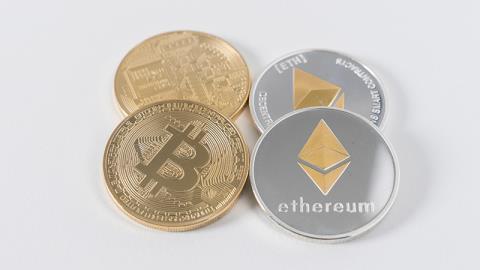UNICEF is significantly ramping up its engagement with cryptocurrency as part of its efforts to meet donor expectations and enhance support for organizations globally tackling the effects of Covid-19.
Recently, the organization revealed plans to invest 125 ether, approximately valued at $28,500, into eight companies across seven different countries through its CryptoFund initiative, which addresses pressing global issues.
In the future, UNICEF may establish a similar fund utilizing bitcoin, according to Christina Lomazzo, the blockchain lead at UNICEF. “So far, we haven’t attracted large bitcoin donors, but we are optimistic about onboarding a major contributor soon,” Lomazzo shared.
Beyond investment, UNICEF is working on creating a “consumable block explorer,” which would empower the public to trace fund allocations, as well as internal tools to manage balances and valuations on various cryptocurrency exchanges. “This advancement will enhance our organizational capacity to work with cryptocurrency and bolster support for our partners,” Lomazzo added.
### Advantages of Cryptocurrency
The eight beneficiaries of the CryptoFund have already received $100,000 in fiat currency from the UNICEF Innovation Fund to develop open-source digital services that address economic, health, and educational challenges in their respective countries. The CryptoFund is designed to complement this initiative by specifically targeting issues stemming from the Covid-19 pandemic, which has exacerbated obstacles related to food security and education.
These investees are collaborating with governments and local organizations to mitigate the pandemic’s adverse effects on children, focusing on food distribution, remote learning, and addressing challenges arising from lockdowns.
Among the startups receiving ether funding are StaTwig from India, which is developing a blockchain app to track rice deliveries to underserved communities, and Utopic from Chile, which aims to enhance children’s literacy at home through a WebVR-based educational game.
“We are investing in emerging technologies such as data science, virtual reality, and blockchain,” Lomazzo noted. “We are also examining the various funding modalities with our startups to understand their advantages and limitations—this is a collective learning journey.”
UNICEF recognizes that leveraging cryptocurrency for funding enables it to meet the demands of donors who utilize crypto both as a store of value and as a transactional medium. Lomazzo reported that they have been approached by potential donors holding significant amounts of bitcoin or ethereum, who prefer to donate without incurring the costs associated with converting their assets to fiat currency.
### Ongoing Challenges
The Covid-19 pandemic has disrupted traditional mechanisms for fund distribution, highlighting the advantages of cryptocurrency. UNICEF asserts that fund transfers can be executed in under 20 minutes at a cost of less than $20. Chris Fabian, senior adviser and co-lead of UNICEF Ventures, praises the “real-time transparency for our donors and supporters,” emphasizing its value.
Mainstream cryptocurrency adoption could advance financial inclusion by integrating the unbanked into the global economy and simplifying remittances and charitable contributions. The transparency offered by blockchain technology may also instill greater confidence among potential donors.
“This is something we aim to harness through the CryptoFund specifically,” Lomazzo explained. “We have launched a dedicated crypto fund website that allows people to view incoming and outgoing donations. The transparency and speed of transactions are clear advantages of using cryptocurrency.”
However, Lomazzo cautioned against the belief that cryptocurrency eliminates typical barriers to financial inclusion. While costs and settlement times may improve, essential processes—like donor identity verification—remain unchanged, regardless of whether the donation is made in ether or traditional currencies.
“That said, I believe that utilizing cryptocurrencies and digital currencies more broadly can facilitate discussions on how we address and mitigate these barriers,” Lomazzo concluded.
